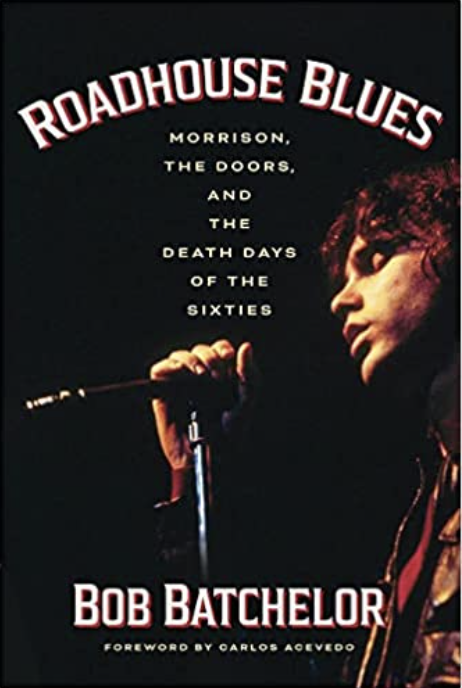The author of more than 50 novels, biographies, histories, graphic novels, and collections, Jerome Charyn once proclaimed that his ultimate goal in writing novels has been “to make the reader cry...to break the reader’s heart.” With its stunning, unforgettable portrayal of the forces of light and darkness, Ravage & Son delivers on the author’s aim, presenting humanity in its fully formed depravity, but also capturing life’s poignancy.
The interview focuses on Ravage & Son, but Charyn and I discuss other aspects of his renowned career, including discussion of writing style, research, literary influences, and more. Charyn is arguably the most famous writer most readers have never heard of, a bestseller in France and other parts of Europe, and a true “writer’s writer” who continues to publish acclaimed books while being lauded by major authors including Joyce Carol Oates, Michael Chabon, Don DeLillo, and a long list of others. He is a distinctive voice in American literary history.
Bob Batchelor is an award-winning cultural historian and biographer. His latest books are Roadhouse Blues: Morrison, the Doors, and the Death Days of the Sixties and Stan Lee: A Life. Visit him on the web at www.bobbatchelor.com or email at bob@bobbatchelor.com
Read more

